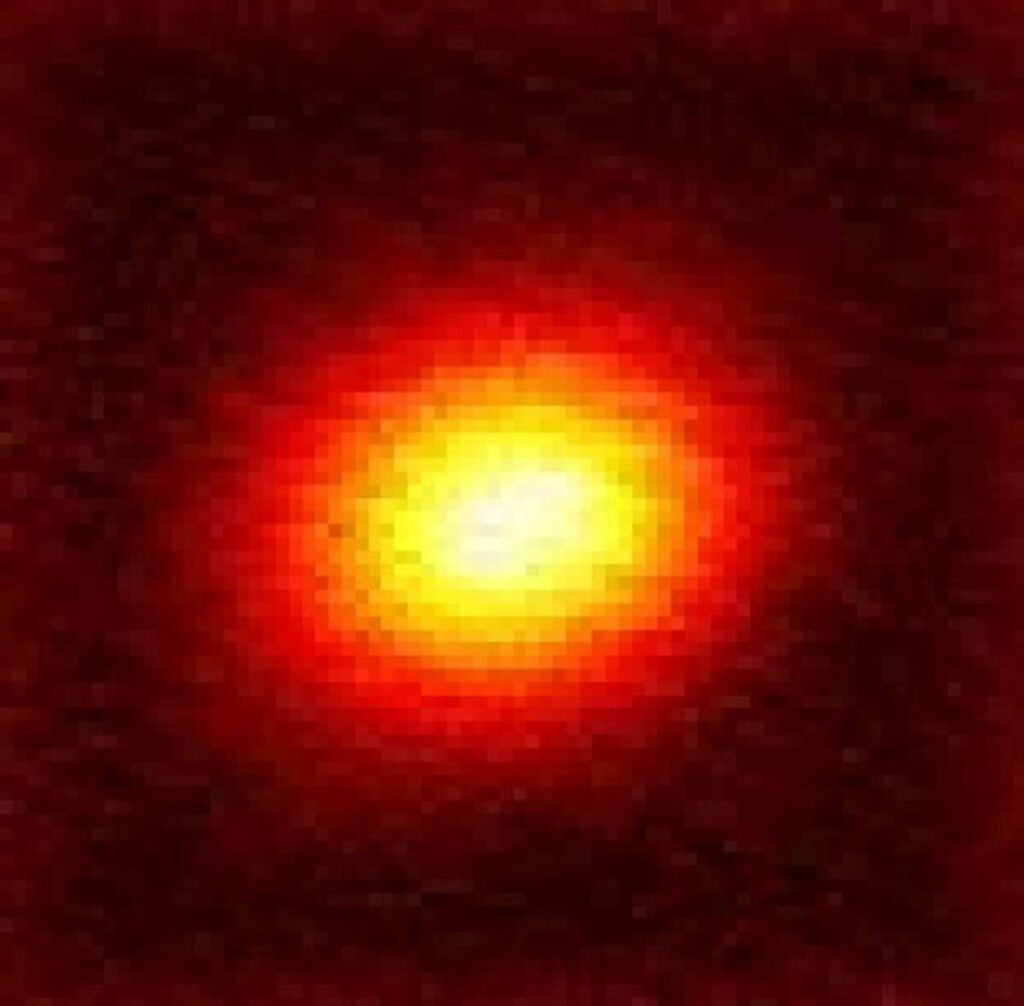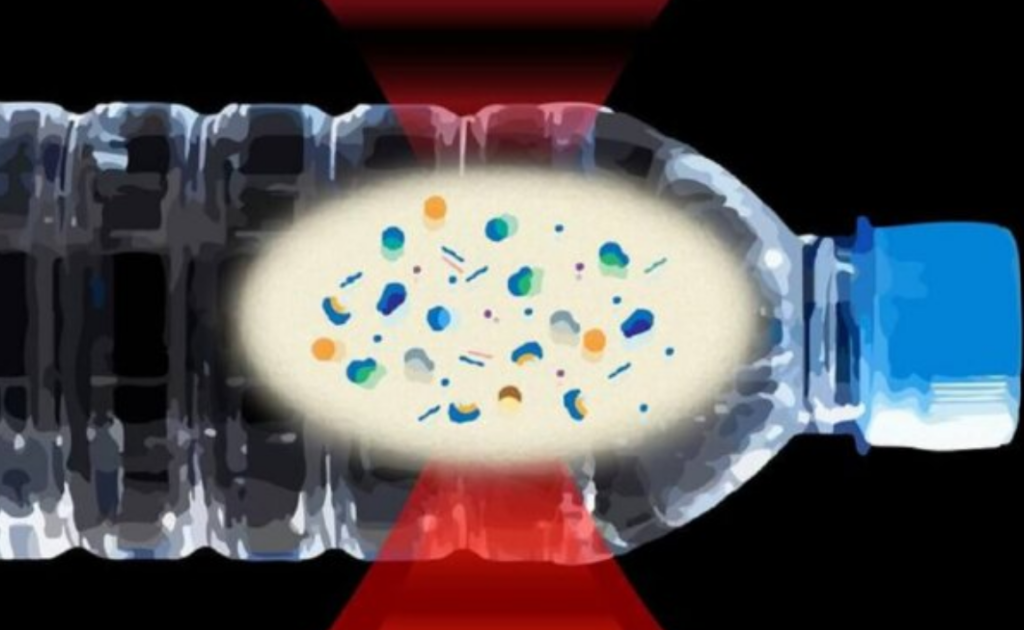
[ad_1]
A single bottle of water can comprise a whole lot of 1000’s of microscopic plastic particles, probably posing severe well being dangers for drinkers, researchers warn. Scientists at Columbia College warning that these nanoplastics, which kind as plastics break down into more and more smaller items, can infiltrate important organs. Consumed day by day by folks worldwide, their tiny measurement permits them to penetrate our our bodies, reaching the bloodstream and even particular person cells.
Nanoplastics can enter our our bodies by means of the lungs or intestines after which journey to numerous organs, together with the guts and mind. Alarmingly, they’ll additionally cross the placenta, affecting unborn infants. This concern led a group of researchers to analyze additional.
Of their research, the scientists analyzed three widespread bottled water manufacturers in america. They employed superior lasers to detect plastic particles as small as 100 nanometers – for comparability, a human hair is about 100,000 nanometers vast.
Their findings reveal a median of 240,000 tiny plastic particles per liter of bottled water, a determine 100 instances greater than some earlier estimates. Of those, 90 % had been nanoplastics, and 10 % had been microplastics. Generally discovered nanoplastics included polyethylene terephthalate (PET), a typical substance utilized in making water bottles, and polyamide, possible originating from the plastic filters utilized in water purification.
“Beforehand this was only a darkish space, uncharted. Toxicity research had been simply guessing what’s in there,” says research co-author Beizhan Yan, an environmental chemist at Columbia College’s Lamont-Doherty Earth Observatory, in a media launch. “This opens a window the place we will look right into a world that was not uncovered to us earlier than.”
Pure Blaze is Google-Free — We Want Your Help
Contribute Simply $1 Per Month at Patreon to Assist the Explanation for Well being Freedom

A tiny particle of polystyrene plastic as imaged by a brand new microscopic approach. It’s about 200 nanometers throughout, or 200 billionths of a meter. (Credit score: Naixin Qian, Columbia College)
Different plastics detected had been polystyrene, polyvinyl chloride, and polymethyl methacrylate, all utilized in numerous industrial processes. Concerningly, these recognized plastics comprised solely about 10 % of all of the nanoparticles within the samples, leaving the composition of the remaining 90 % unknown.
Most plastics don’t degrade into innocent substances. As an alternative, they frequently break down into smaller particles of the identical chemical composition. This ongoing division makes it difficult to find out the precise variety of nanoplastics in any given surroundings.
The Columbia group goals to make use of their findings to discover the presence of nanoplastics in different areas, comparable to faucet water and wastewater from laundry, which has proven to comprise tens of millions of particles per laundry load.
This research emerges as international plastic manufacturing, amounting to 400 million metric tons yearly, continues to influence the surroundings. Over 30 million tons of plastic are discarded every year in waterways and on land. As artificial supplies like clothes shed plastic particles throughout use, consultants are nonetheless assessing the potential well being results on people.
“It’s not measurement that issues. It’s the numbers, as a result of the smaller issues are, the extra simply they’ll get inside us,” concludes research co-author Wei Min, a Columbia biophysicist.
The analysis is printed within the journal Proceedings of the Nationwide Academy of Sciences.
You may additionally be fascinated with:
South West Information Service author Imogen Howse contributed to this report.
Supply: Research Finds
View StudyFinds’s article archive
High picture: Utilizing lasers, scientists have imaged a whole lot of 1000’s of beforehand invisible tiny plastic particles in bottled water. (Credit score: Naixin Qian, Columbia College)
[ad_2]
 By
By